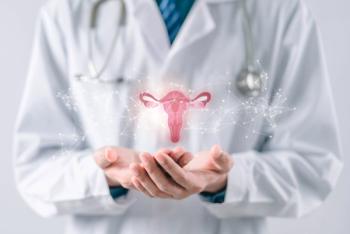
Newly proposed GDM screening protocol: unanswered questions remain
You would think that after 40 years of study and practice, all issues surrounding the management of gestational diabetes mellitus (GDM) would be settled.
Evolution of current practice
The basis for our current screening strategy derives from the pioneering work of O'Sullivan and Mahan who established thresholds for fasting, 1-hour, 2-hour, and 3-hour glucose values that predicted a 50% risk of future diabetes.3
Shockingly, the clinical value of GDM screening and management only recently has been established by randomized trials.5,6 And while we expend ever-greater efforts toward managing glucose values during pregnancy, less effort and success has been realized in achieving universal postpartum screening and long-term prevention, the rationale behind O'Sullivan and Mahan's original work.7
There has always been debate surrounding the proper methods for screening for GDM. Indeed, it has taken multiple international conferences to derive the screening system we use today: a system of essentially universal screening with a 1-hour, 50-g glucose challenge test followed by a diagnostic 3-hour, 100-g GTT when patients fail the 1-hour screen. Once a woman has been diagnosed with GDM, as a field we have embraced very aggressive glucose monitoring and control while largely ignoring women whose testing is normal or borderline. However, the reality is that glucose tolerance in pregnancy is a continuum and GDM is not a discrete disease. Indeed, one abnormal value on a 3-hour GTT is associated with adverse pregnancy outcomes.8
Newsletter
Get the latest clinical updates, case studies, and expert commentary in obstetric and gynecologic care. Sign up now to stay informed.









